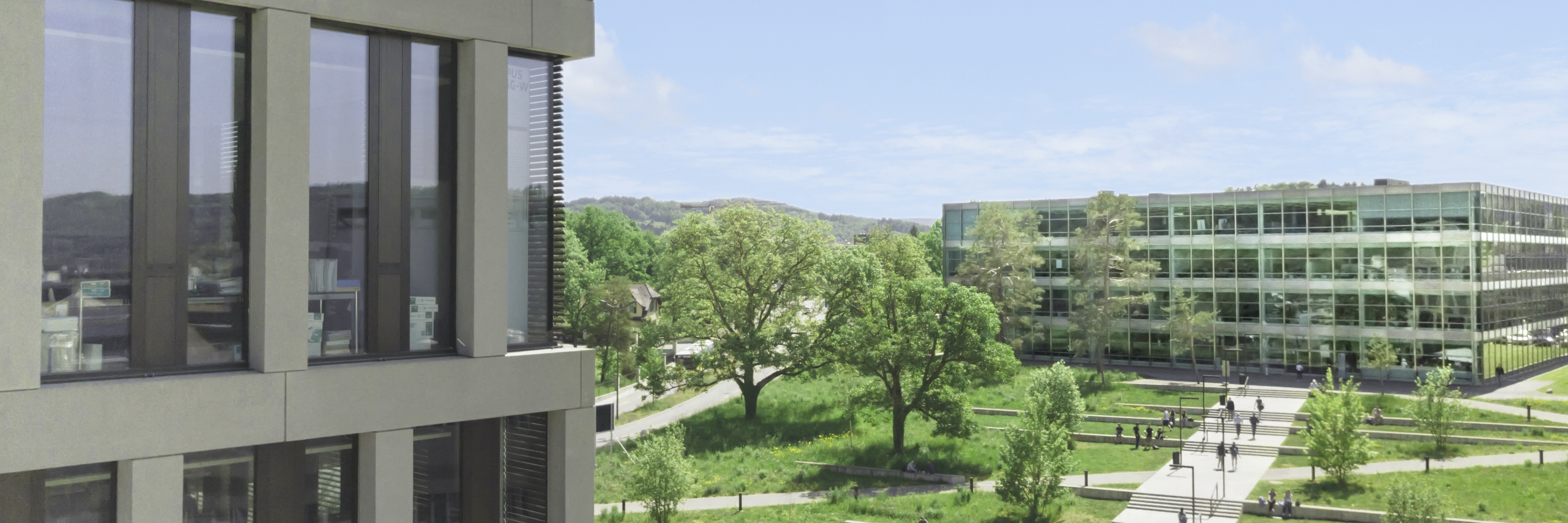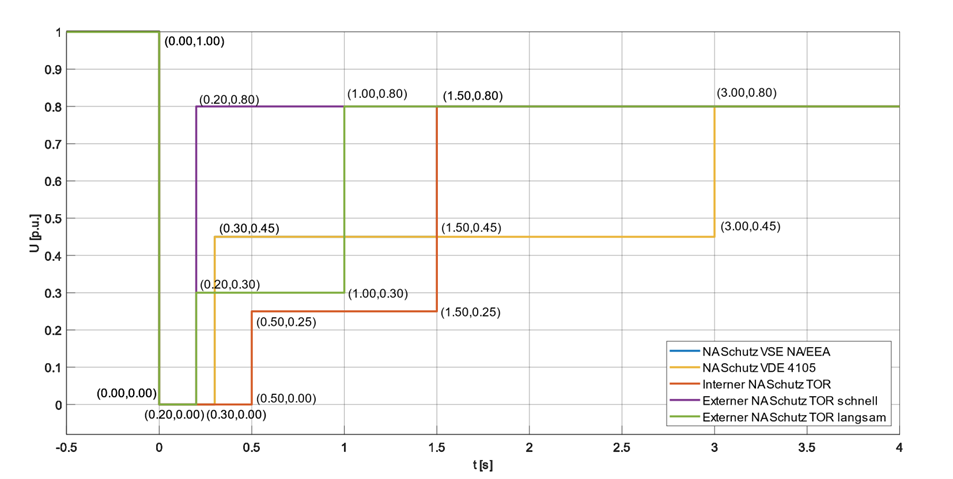NAEEA+: External Protection Devices" for distributed generation systems
Together with leading experts from industry and research, we are shaping the next generation of grid and PV protection to enable a sustainable energy future.
Technologies
External Protection Devices
Background
Today, in Switzerland, the distributed generation units must have a wide range of functionality in terms of protection and control functions ("Switzerland country settings"). The industry recommendation of the Association of Swiss Electricity Companies (VSE) also requires that these units with larger than 30 kVA installed capacity must have external protective devices. The Swiss Federal Inspectorate for High Current Installations (ESTI) has elevated this industry recommendation to the status of a directive in Directive 233:0918.
However, this external protective device is controversial and is not implemented by all DSOs. The necessity and correct function of the external protection device are undisputed. It is unclear whether the external protection device currently required for 30-kVA and larger installations is an adequate measure for achieving the protection goals. Furthermore, the external protection device increases the risk that the distributed generation units can no longer correctly fulfil the requirements for grid support functions (especially reactive and active power control as well as FRT).
Goals
- P+D project for the SFOE with broad support from the industry.
- The project elaborates on the scientific and practical background for "Grid and PV protection for optimal and safe integration of decentralized power generation plants in the distribution grid".
- The results flow into the industry document of VSE for the future connection of Swiss PV plants (and other generators) to NE7.
- FEN leads the consortium of 6 academic partners and about 25 partners from industry and associations.
- FHNW leads the WP of the review of the legal framework concerning "External Protection Devices" for distributed generation systems
The following key questions are to be answered in a project:
- Is there a criterion (e.g., a specific connected load) that can be used to assess the risk potential of a distributed generation system for the distribution grid?
- What are guideline or boundary values for a corresponding criterion (e.g., connected load), above which the DSO should provide additional protective measures?
- What are the possible causes of errors and damaging events that can occur due to the misconduct of a distributed generation system?
- What protective measures can be taken to reduce the associated risks to a tolerable level?
Results
- Identification of fault scenarios for the NA protection investigation
- Mapping the fault scenarios with realistic distribution grid models
- Modeling of fault and grid protection
- Modeling of internal and external NA protection behavior
Project information
Client | |
Ausführung | FHNW School of Engineering |
Projektteam | BFH, FHNW, TU Graz, FGH Mannheim, VSE, Swissolar + ~25 other partners (utilities, associations) |
Dauer | 09/2022 bis 09/2024 |
Förderung | |
Projektleitung |

